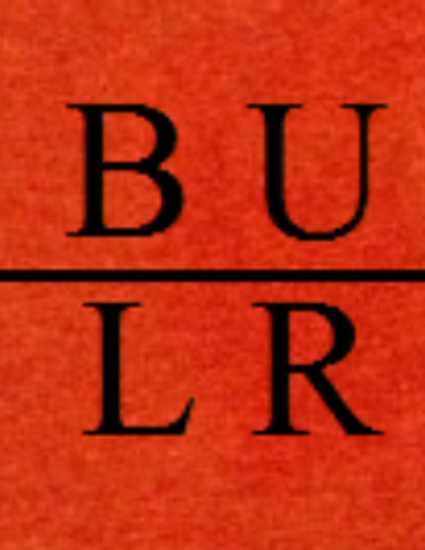
Although case law plays a crucial role in the American legal system, surprisingly little consensus exists on how to determine the “law” that any given “case” generates. Lawyers, judges, and scholars regularly note the difference between holdings and dicta and between necessary and unnecessary parts of a precedent-setting decision, but such concepts have eluded coherent application in practice. There remains considerable uncertainty about which aspects of a judicial decision impose prospective legal obligations as a matter of stare decisis and to what extent.
This Article develops a counterintuitive, but productive, way to conceptualize case law: the lawmaking content of a judicial decision should be only those decisional rules that the court states explicitly and that can be framed in the form (If P, then Q). Future courts would not, however, be required to reconcile their decisions with other findings, conclusions, or reasons that the precedent-setting court offers. Although these other elements of a judicial decision could remain influential, they would not impose binding obligations as a matter of hierarchical stare decisis.
This rule-centered approach would allow judicial decisions to clarify the law when such clarifying rules are justified and desirable, but otherwise leave the slate clean for courts to confront unresolved questions in future cases with the full participation of future litigants. As to the concern that judicially announced rules may sweep too broadly, this Article’s approach would leave future courts free to develop distinguishing rules in a way that serves many of the same purposes as the conventional understanding of how cases may be distinguished, but that reduces the risk of disingenuous distinctions, enhances rather than muddies case law’s clarifying benefits, and avoids conceptual and definitional problems inherent in the current approach. This Article’s framework also helps to resolve a host of other difficult puzzles relating to judicial decision-making, including the controversy surrounding unpublished opinions, the stare decisis effect of decisions that lack a majority opinion, and how to identify and resolve tensions within case law.
Available at: http://works.bepress.com/adam-steinman/4/
